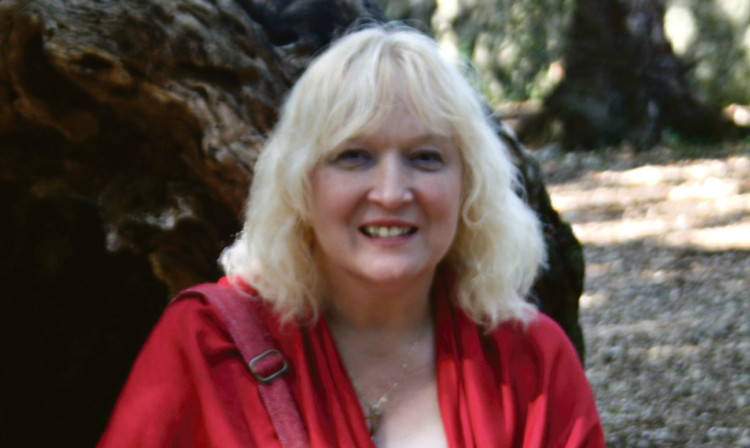
Linda’s rare condition makes it impossible for her to recognise faces.
Most people can spot their children a mile off but when mum-of-two Linda Catterall looks at her sons she has to work out who they are. Linda suffers from a rare medical condition called face blindness which makes it impossible to recognise even loved ones. The Lewis music teacher admits she also has problems spotting herself in family photographs.
“I have even asked, ‘Who’s that woman standing with the children?’” she admitted. “Once, I failed to see my son, Ben, when he ran towards me full of joy and excitement after a university summer school. I thought he must be someone else’s child.
“When we’re at parties my husband, Don, has to drop names into conversation so I can pick up on them and avoid awkward moments.”
The mum-of-two, from Point, on Lewis, says she’s always had problems with faces. When she was young it was difficult to remember who other pupils in her class were. She only spotted Don on their second date because of the sweater he was wearing.
“But it wasn’t until I was in my 40s that I knew how bad it was and how much it affects my life,” Linda, now in her early fifties, adds. “I struggled to recognise people I had known for years at family parties and social gatherings.”
Over the years she has had to rely on clues like hairstyles, clothes and even the way people walk for clues as to who they are. Wedding rings also help her work out identitities.
Her sons, Ben, 27, and Alex, 24, have grown up and live on the mainland.
“My family have been really good accepting my face blindness. I know my boys by their hair colour and if they arrive home off the ferry at the time they said they would,” she smiles.
But one of her biggest worries is that people might feel offended when she walks past them in the street.
“Living on an island you’re expected to remember who everyone is, but it’s difficult when you can’t even recognise your family,” she added.
There is no treatment for face blindness so Linda has never seen a doctor.
“But I know there are universities working on it,” she added.
Some doctors have linked it a genetic problem, which reinforces Linda’s belief she may have inherited it from her mother who “wasn’t good with faces”.
Face blindness, thought to affect one in 50 people, occurs when the area of the brain that processes recognition is damaged.
Although it is mainly caused by a head injury or stroke, some people are born with the condition.
In a recent interview, actor Brad Pitt, 49 said he struggled to recognise people he knew well.
Dame Jane Goodall, the conservationist and chimpanzee expert, is another. She says she is often embarrassed by her struggle to spot friends and colleagues.
Do you struggle to recognise your own family due to face blindness? Call us on 0141 567 2776 or email jboyle@sundaypost.com.

Enjoy the convenience of having The Sunday Post delivered as a digital ePaper straight to your smartphone, tablet or computer.
Subscribe for only £5.49 a month and enjoy all the benefits of the printed paper as a digital replica.
Subscribe